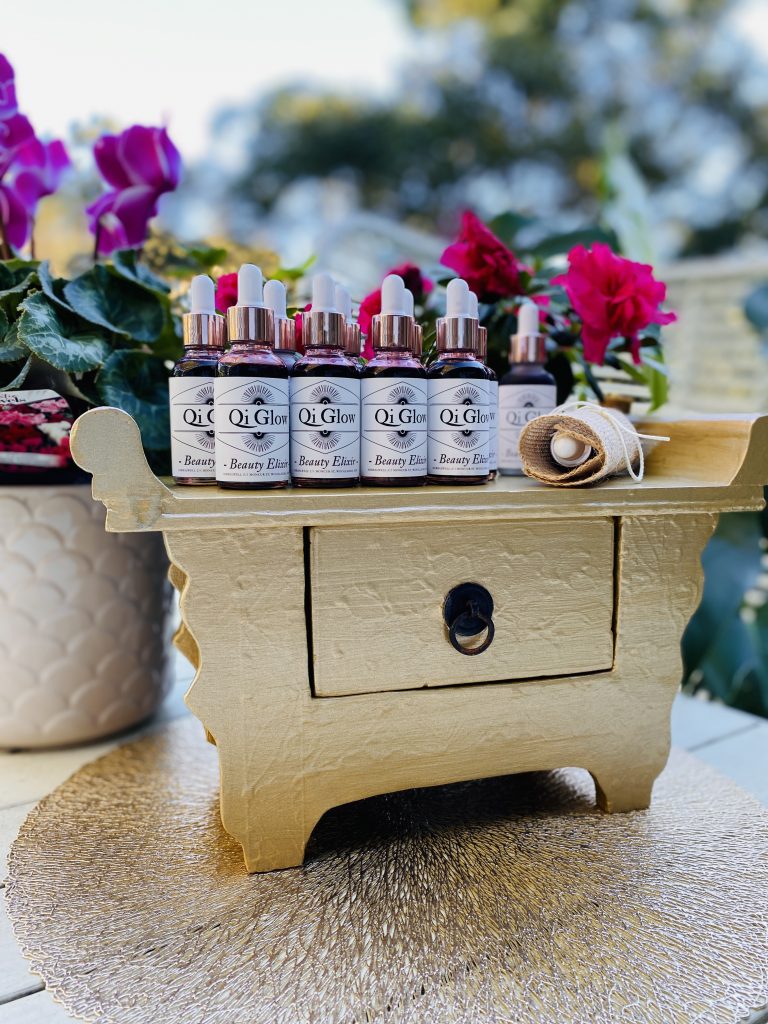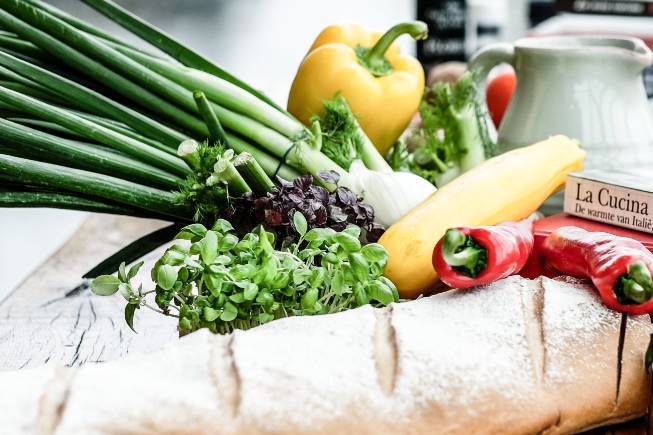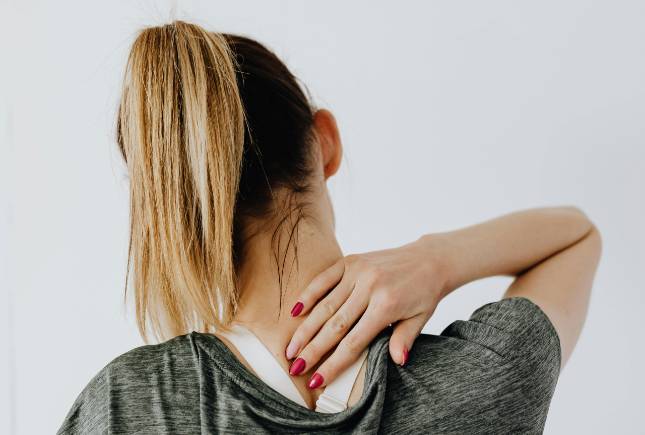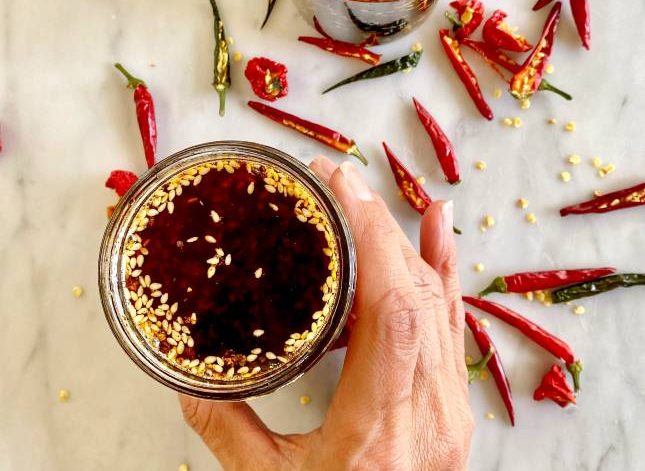Let’s talk BEAUTY consciousness and how to use my most cherished botanicals that purify your blood and beautify your skin, hair, nails, teeth and eyes. Read on to discover how these herbs get your glow back on and how to best prepare them….
This article is all about tapping into the deeper wells of vibrant beauty that are within all of us! Whatever your age may be, the information here is relevant for achieving and maintaining optimal GLOW. In this article I’ll be giving you the key details on my favourite ORIENTAL beauty herbs that I have in my daily ritual in some form or other (tea, food, tincture, latte, elixir…) along with an overview of the reasons why all women totally deserve a daily dose of plant-based beautification.
Here’s the thing. Our air is getting more polluted day by day. Many of us are stressed out and not getting enough sleep. Up to 30% of us don’t move our bowels every day let alone the recommended twice daily which in turn means we can’t detoxify sufficiently to cleanse our blood. That’s pretty crucial for all aspects of health. Many of us eat a diet high in refined carbohydrates (whether we think we are or not, its in most processed foods even if its just written on the label as corn or starch or something ending in ‘ose’). And I don’t know about you, but there was a period in my early forties where I started feeling my skin change, and my body change and …..you know the story right?! This is why we need something that can help us regain some harmony and vibrancy here!
#BEAUTY TONIC
And this is nothing new by the way, ancient China and India had traditions of using beautifying herbs as a regular regime to retain skin glow, hair health and overall vitality. In fact the earliest documented use of cosmetics goes back to ancient Egypt around 3,000 BCE. However it wasn’t just about lotions and creams, it was treatment from the inside out with plant medicines. And that’s my approach too.
Ancient Beauty is making a comeback now with crystal face rollers, Gua Shas, jade hair comb massagers, beauty oils, beauty teas, beauty pills and pretty much every variation on collagen that you can imagine. So without further adieu, let’s take a look at the plants that are top of my list when it comes to skin glow. Which is a pretty central concept in beauty methinks!
Hibiscus sabdariffa (Hibiscus, Roselle)
Ancient Beauty Plant | Antioxidant | Vascular System Enhancer | “Cleanse your blood”
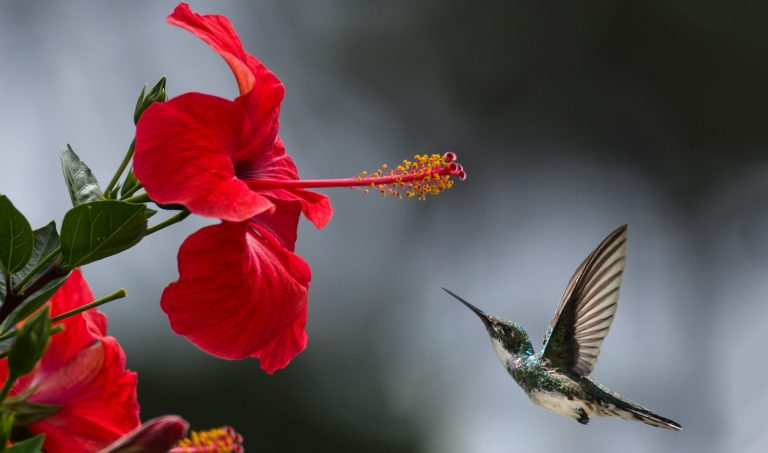
Picture credit: Philippe Donn
You’ll find Hibiscus in beauty creams, skin protection creams, anti-ageing creams and hair products. The key to the beautifying properties of Hibiscus flowers lies in their activity on our vascular systems (our blood and blood vessels) and the heart. Remember I mentioned chronic constipation rates above at over ¼ of the Australian population, maybe even a third? This affects blood purity and dirty blood causes skin problems.
This sharp and slightly sour tasting flower was used extensively in ancient Egypt, North Africa and Iran for maintaining blood pressure, enhancing blood circulation, alleviating constipation and of course….for keeping skin beautiful.
Numerous clinical trials show that consuming a cup of Hibiscus tea daily can lower bad cholesterols (LDLs) and increase good cholesterols (HDLs) in as little as one month when combined with a good diet. A Cochrane Review of Hibiscus found that all five included studies demonstrated the blood pressure maintenance effects of the plant. What does that mean for beauty? Well a healthy vascular system circulates nutrients to your cells and removes waste products more speedily and all that translates to your glow.
It’s rich in a number of plant acids and alkaloids, but the most important chemicals for beauty are the flavonoids like quercetin and the anthocyanins and the vitamin E. Flavonoids help our bodies cope with ageing, regulate blood glucose levels, heal inflammation and act as antioxidants. How much of this divine little flower do you need daily for a therapeutic effect? 1-3grams of dried flowers or 2 cups of tea daily
Schisandra chinensis (Schisandra)
Stress tolerance | Treasured Beauty Herb | ‘Adapt & Thrive’

Now here’s one of the most complex and nuanced herbs you’ll come across in contemporary herbalism. Schisandra (the ‘Five Flavoured Fruit’) of the Orient was once considered so sacred and premium that only the wealthiest could afford it, and it was used to boost vigour, strength and beauty (of course! That’s what we’re here for right!) It’s considered a herb that ‘stabilizes and binds’.
The Schisandra berry possesses five tastes (salty, sweet, sour, astringent and bitter) which is certainly the reason why it resonates and acts upon all five visceral organs of the body. It has warming and harmonizing qualities and an overall lifting and invigorating effect on the whole person. It also offers protection to the liver as well as a tonic effect on the kidneys and brain.
This ancient beauty herb creates glow in the skin, and this is due to the lignans – compounds known for their strengthening effects in plant cell walls which translates into increased robustness and resilience in our own bodies. Along with flavonoids, the lignans are a major group of polyphenols, plant chemicals known for their anti-ageing effects. Contemporary research has found Schisandra to also offer neuro-protective and anti-carcinogenic activity which could prove useful in combatting degenerative cognitive disease and cancer in the future. What’s not to love about this plant?!
The dose of Schisandra is 1.5g daily best taken as a decoction by simmering in water on gentle heat for 20 minutes, or as an elixir (i.e extracted in alcohol). Your tastes buds cannot imagine what a treat of tastes they’re in for!
Ziziphus jujuba var spinosa (Ziziphus)
Sleep | Antioxidant | “Restore & Renew”
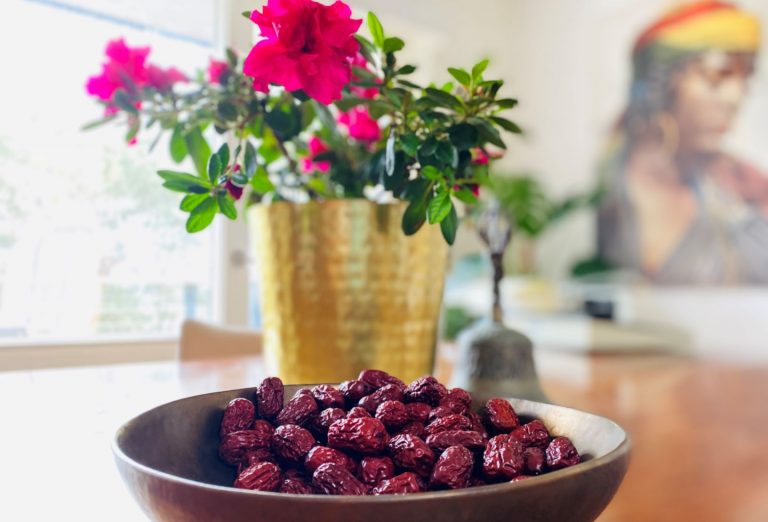
This seemingly humble food plant features in Chinese Materia Medica texts as early as 200 years BCE for its uses as a pain relief and positive effects on sleep quality. Slightly sour and neutral, it’s actually a really tasty snack when taken in its ‘dried red date’ version. Around 500 AD, Chinese physicians documented its use for anxiety and nervous tension, and affinity with the nervous system. This is the key to its beautifying effects. Nothing dampens out glow like worry and tension right! So let’s get you sleeping deeply with this sedative/hypnotic so that your body and soul can restore. The other thing is, if you’re not getting adequate sleep where you wake feeling fresh and energetic, it’s unlikely any ‘beauty remedy’ is going to get you glowing. It’s foundational.
Numerous trials have demonstrated the anti-insomnia and sleep regulating action of Ziziphus. Hyperarousal and cyclical changes in sleep patterns often become habitual after a period of chronic stress and are much more likely to affect women as they enter the perimenopausal period.
For sleep, Ziziphus works on the central nervous system to harmonise circadian rhythms and improve homeostatic sleep mechanisms to lead to better overall sleep structure. It also protects neurons from damage, increases sleep duration and calms anxiety. Not bad for what first appears to be a simple, red, tasty date. I’ll snack on Ziziphus ANYTIME! But there’s more…
Whenever I hear about a plant that’s rich in flavonoids I get pretty excited because that means it’s going to have anti-ageing effects and its going to fight inflammation and oxidation. And Ziziphus is brimming with them! Polyphenols, Vitamin C, Flavonoids of all types. While traditional use for this plant includes anti-diabetic, cognitive, anxiolytic, antioxidant and tonic effects, modern research backs those all up.
For sleep effects the recommended daily dose is 3g daily taken straight as a snack or in tea or decoctions (simmered versions of tea infusions).
There’s no time like NOW to get your glow on, and do it naturally from the inside out. Go grab some of these radiance-boosting herbs and supplements now Petals!
Enjoy and love being of service to your beauy-full self…and tending to your inner health and glow is such a fabulous way to radiate the divine feminine out to the world and to those closest to you!


Guess what I have for you: my own delicious and glow-enhancing beauty elixir combines ancient Chinese herbs, fruits and spices like Hibiscus and Ziziphus with a dash of antioxidant vitamin C to revitalize you from the inside out. This yummy blend is dosed at only 20-40 drops daily because its so rich and dense! It literally looks like blood and your body wants it!
Add it to water, smoothies, lattes and bliss balls as part of your daily self-care ritual. Head to the shop to purchase your own! I guarantee you’ll love it! My elixirs are prepared traditionally with high quality herbs, mantra and synergistic formulae. There’s nothing like them anywhere else.
References
Shergis JL, Ni X, Sarris J, Zhang AL, Guo X, Xue CC, Lu C, Hugel H. Ziziphus spinosa seeds for insomnia: a review of chemistry and psychopharmacology. Phytomedicine. 2017 Oct 15;34:38-43.
Miri MS. Cultivation, chemical compositions and health benefits of jujube (Ziziphus jujuba Mill.). InIst National Congress and International Fair of Medicinal Plants and Strategies for Persian Medicine that Affect Diabetes. Mashhad, Iran 2018.
Liu SJ, Lv YP, Tang ZS, Zhang Y, Xu HB, Zhang DB, Cui CL, Liu HB, Sun HH, Song ZX, Wei SM. Ziziphus jujuba Mill., a plant used as medicinal food: a review of its phytochemistry, pharmacology, quality control and future research. Phytochemistry Reviews. 2020 Jul 21:1-35.
Werth BL, Fisher MJ, Williams KA, Pont LG. Chronic Constipation in the Community: A National Survey of Australian Adults. Journal of Wound Ostomy & Continence Nursing. 2020 May 1;47(3):259-64.
Peppas G, Alexiou VG, Mourtzoukou E, Falagas ME. Epidemiology of constipation in Europe and Oceania: a systematic review. BMC gastroenterology. 2008 Dec;8(1):1-7.
Ngamjarus C, Pattanittum P, Somboonporn C. Roselle for hypertension in adults. Cochrane Database of Systematic Reviews. 2010(1).
Da-Costa-Rocha I, Bonnlaender B, Sievers H, Pischel I, Heinrich M. Hibiscus sabdariffa L.–A phytochemical and pharmacological review. Food chemistry. 2014 Dec 15;165:424-43.
Mans DR, Grant A. “A thing of beauty is a joy forever”. Plants and plant-based preparations for facial care in Suriname. Clin Med Investigations. 2017;2:1-6.
Hazra J, Panda AK. Concept of beauty and Ayurveda medicine. J Clin Exp Dermatol Res. 2013;4(178):2.
Sun W, Shahrajabian MH, Cheng Q. Schisandra chinensis, Five Flavor Berry, a Traditional Chinese Medicine and a Super-Fruit from North Eastern China. Pharmacognosy Communications. 2021 Jan 1;11(1).
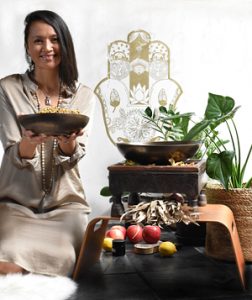
Hey there! Welcome to my world of totally natural and powerful healing medicines. Medicines from nature. Medicine from Source. I’m a naturopath and herbalist with extensive clinical experience working with a range of health conditions including hormonal, metabolic, mental health, sleep and more.
I’ve brought together years of clinical and teaching experience, academic skill and curiosity to bring you this blog. I hope you enjoy it! If you do, leave a comment, I’d love to hear from you!



